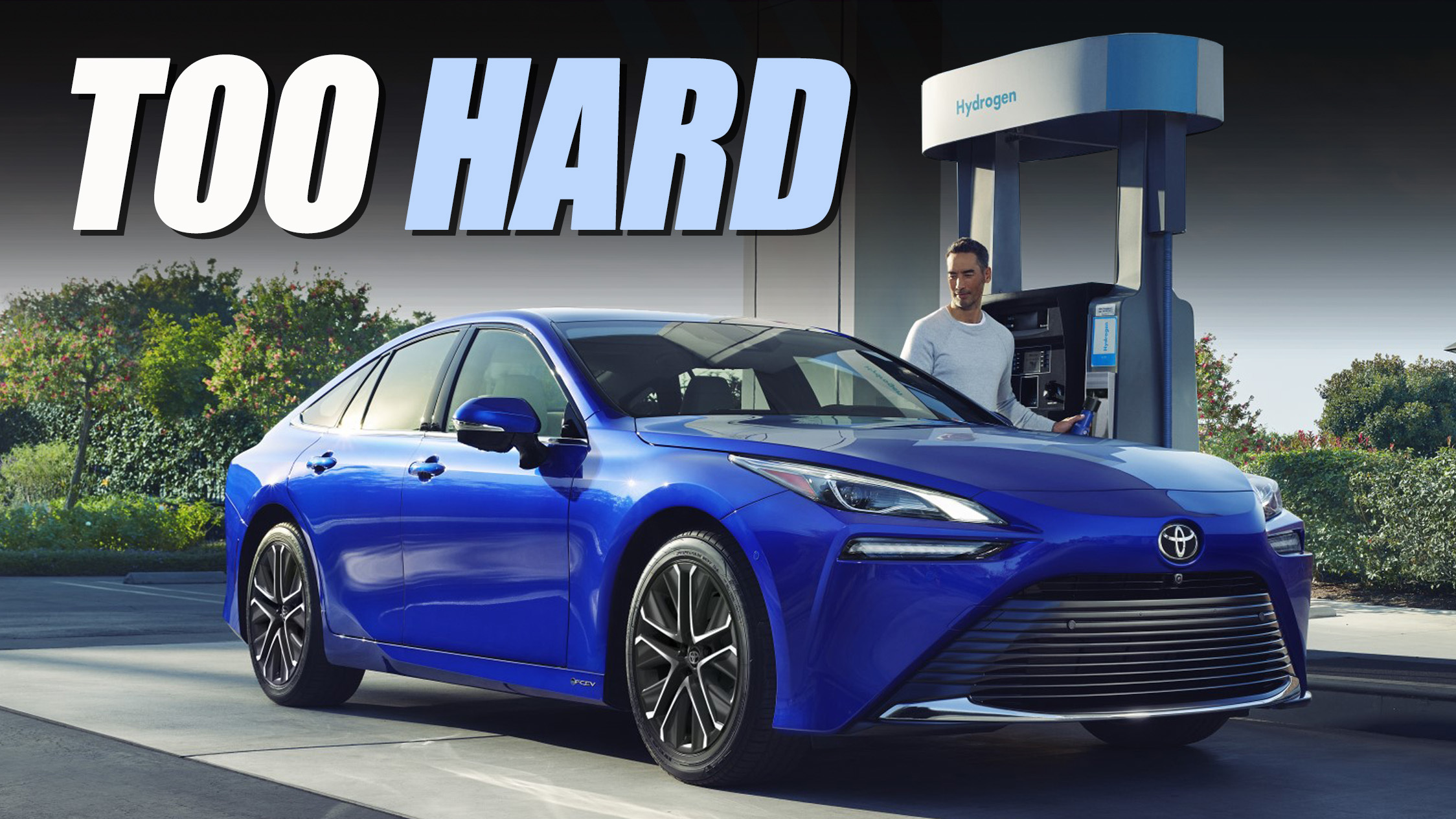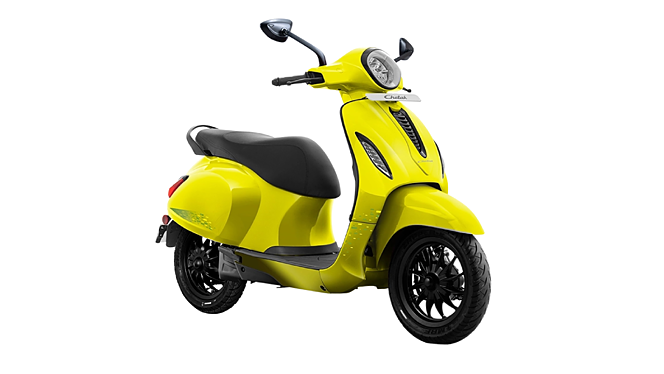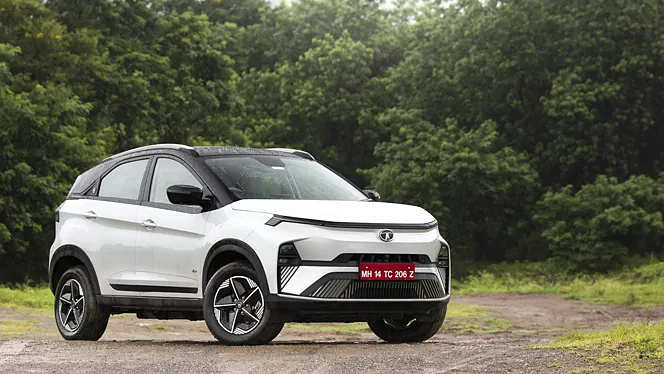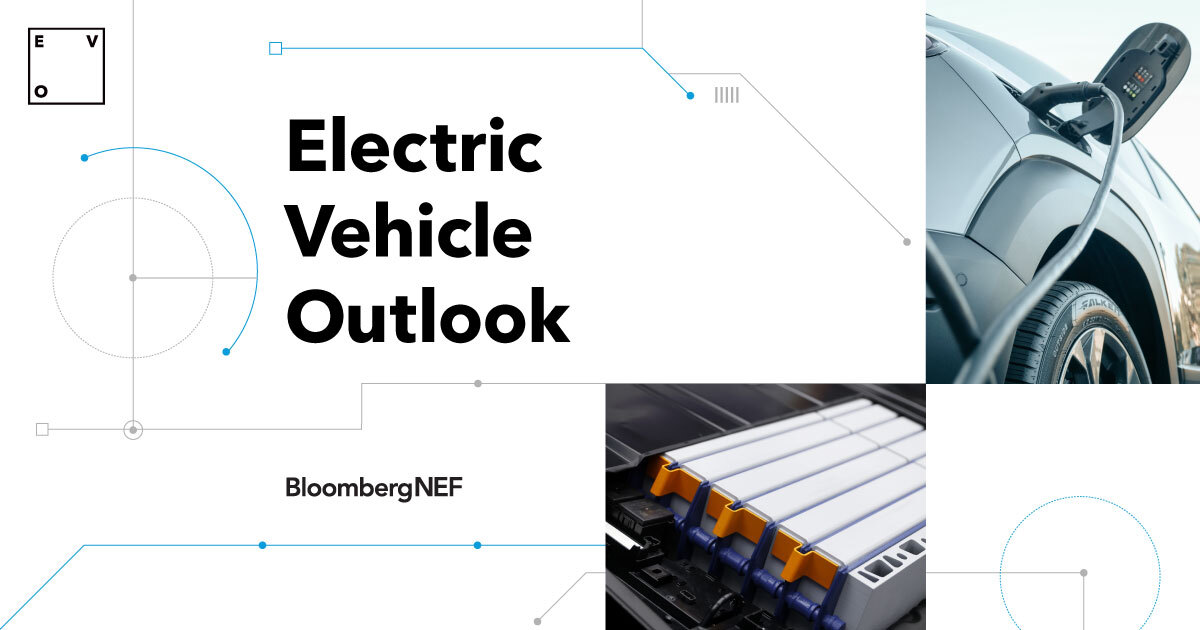Some of you haven't kept up on the state of the tech. Any review of the Mirai is scathing. That's why Toyota practically gives them away.
Not to mention current owners are suing:

 www.carscoops.com
www.carscoops.com
Not to mention current owners are suing:

Frustrated Mirai Owners Sue Toyota Over Hydrogen Headaches | Carscoops
With hydrogen often unavailable for days and the persistent issue of non-functional refueling stations, Mirai owners appear to have reached their breaking point
Last edited:







